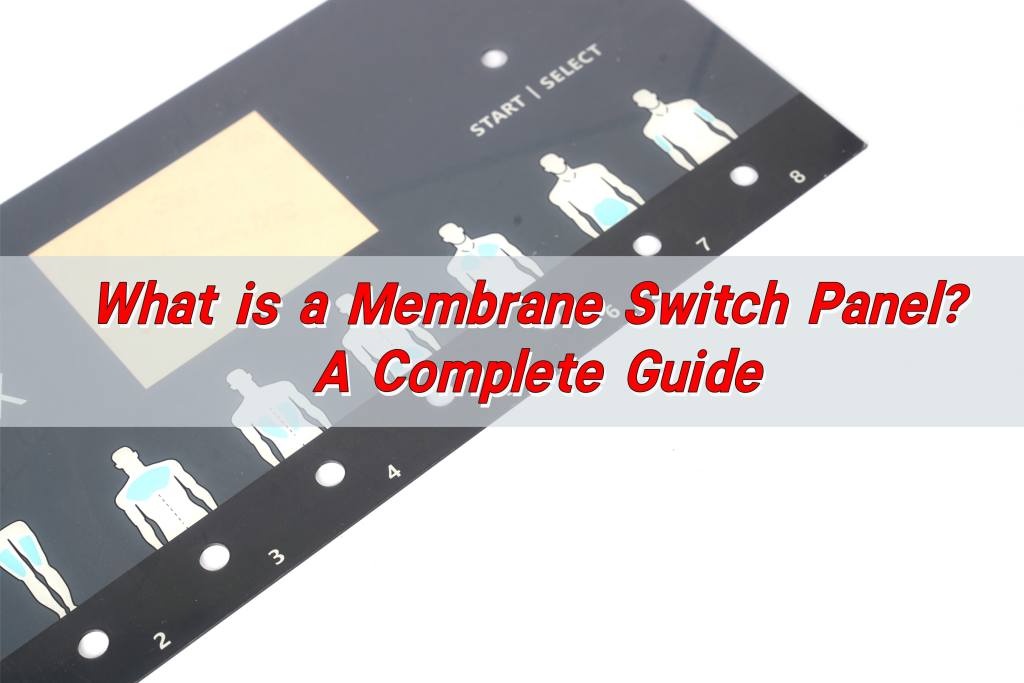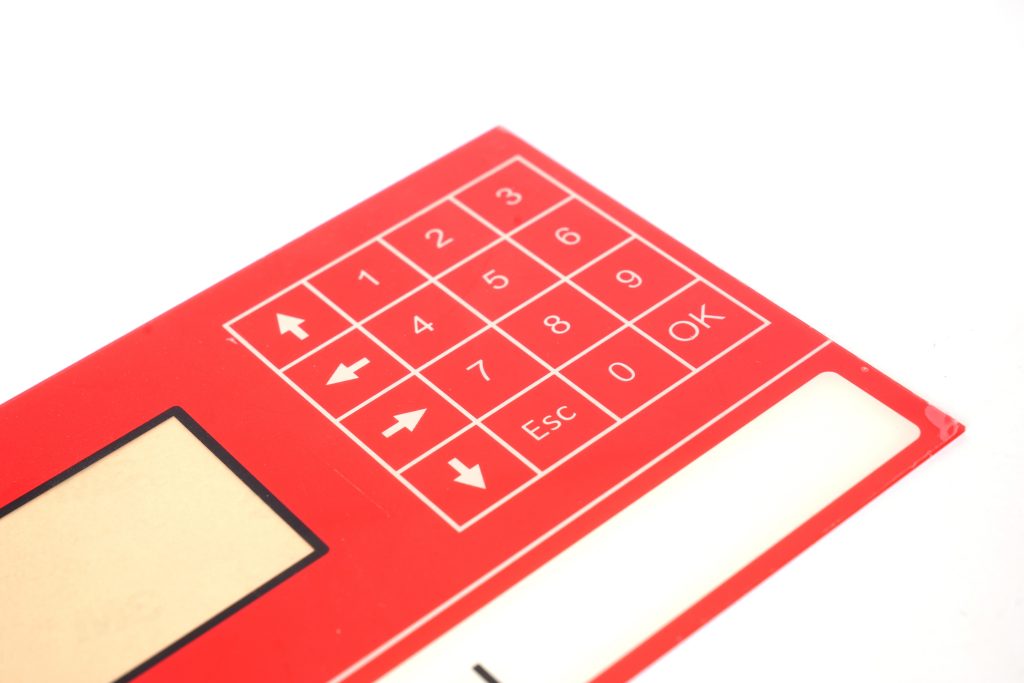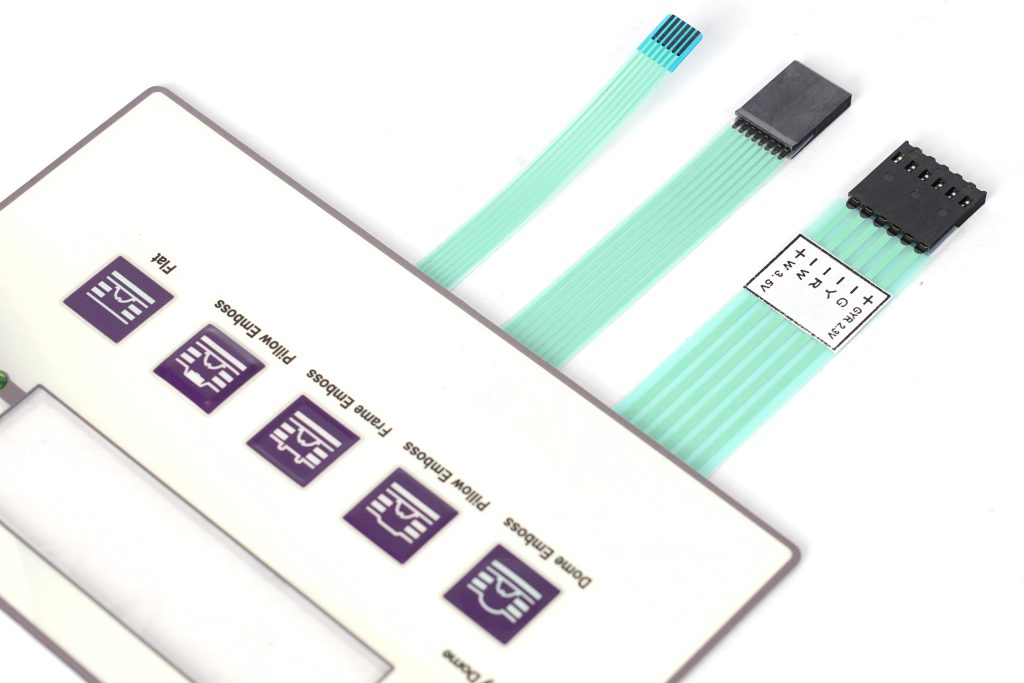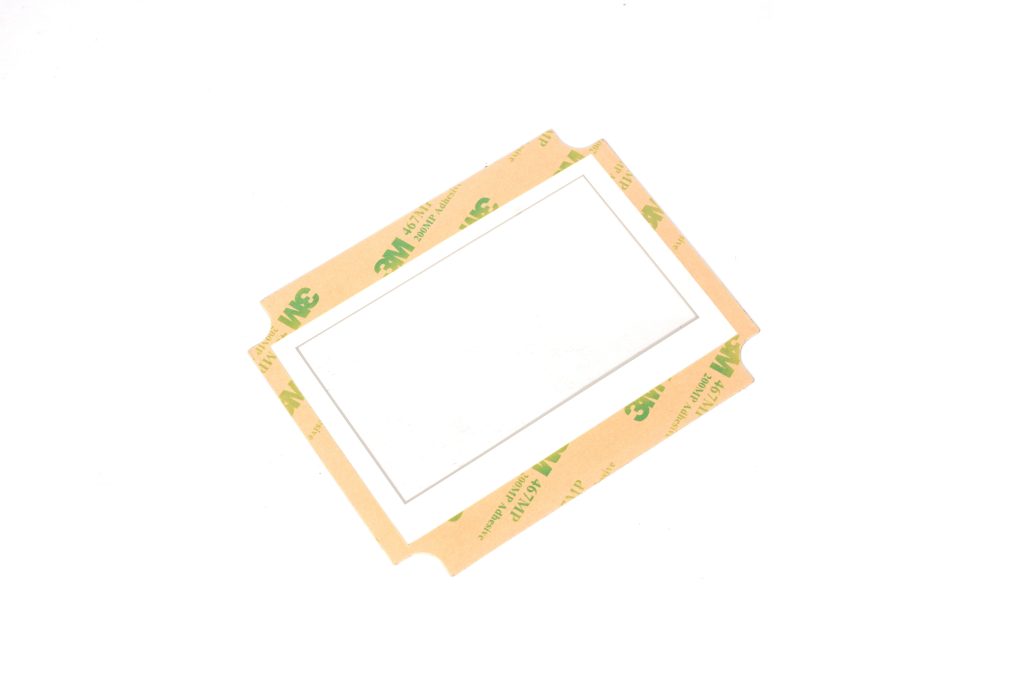
What is a Membrane Switch Panel? A Complete Guide
What is a Membrane Switch Panel? A Complete Guide
Membrane switch panel is a thin, beautiful electronic component that integrates key functions, indicator components and instrument panels. It consists of a panel, an upper circuit, an isolation layer and a lower circuit. When pressed, the upper circuit contacts and the lower circuit are connected. When released, the contact rebounds and the circuit is disconnected.
The membrane switch panel has good waterproof, dustproof, oil-proof and harmful gas erosion resistance, long service life and easy installation. It is widely used in electronic communications, medical equipment, industrial control and household appliances.

What is a Membrane Panel Switch?
Membrane panel switch is a type of user interface that allows users to send commands to an electronic device through a flexible, multi-layered switch. Unlike mechanical switches, which use moving parts to create a connection, membrane switches rely on pressure to activate a circuit.
These panels are made up of several layers, including:
- Graphic Overlay: The visible surface where the user interacts with buttons.
- Spacer Layer: Keeps the circuit open until pressure is applied.
- Circuit Layer: Conductive pathways that trigger commands when connected.
- Adhesive Layer: Bonds everything together securely.
Because of their design, membrane switches are thin, lightweight, and resistant to moisture, dust, and chemicals. Their simplicity and efficiency make them a top choice for various industries.
Membrane vs. Mechanical Switch: Which is Better?
When comparing membrane switches to mechanical switches, it’s important to consider the application. Both have their strengths, but membrane switch panels dominate many industries due to their durability and ease of maintenance.
Why Choose a Membrane Switch Panel?
- Longer Lifespan: No moving parts mean less wear and tear, resulting in millions of actuations before failure.
- Dust & Water Resistance: Their sealed design makes them perfect for harsh environments, unlike mechanical switches that can trap dirt and moisture.
- Compact & Lightweight: Ideal for space-saving applications such as medical devices and portable electronics.

- Customizable: Can be tailored with backlighting, embossing, and different tactile responses for a better user experience.
- Cost-Effective: Lower production costs compared to mechanical switches, making them the preferred choice for mass production.
Why Choose a Mechanical Switch?
- Tactile Feedback: Mechanical switches provide a satisfying “click”, making them ideal for gaming keyboards and industrial control systems.
- Higher Actuation Force: Reduces accidental presses, which is beneficial in specific applications.
For most modern applications, membrane switch panels win due to their superior durability, space efficiency, and lower maintenance needs.
How to Make a Membrane Panel Switch?
The manufacturing process of a membrane switch panel requires precision and expertise.
- Step 1: Design the Layout
Every membrane switch panel manufacturer starts with a detailed design. The button placement, circuit paths, and graphic overlay are planned to ensure smooth operation.
- Step 2: Printing the Circuit Layer
Conductive ink, usually silver or carbon-based, is screen-printed onto a flexible polyester film to create electrical pathways.
- Step 3: Adding the Spacer & Adhesive Layers
A spacer layer is added to keep the circuit open until the button is pressed. Industrial-strength adhesives hold the layers together.
- Step 4: Applying the Graphic Overlay
The top layer is printed with symbols, text, and branding. Embossing or coating can enhance durability and usability.
- Step 5: Testing & Assembly
Every switch panel is tested for electrical conductivity, durability, and responsiveness before being shipped to customers.
What are the Advantages of Membrane Switch Panels?
Membrane switches offer game-changing benefits in various industries. Their unique structure and functionality make them a preferred choice over traditional switch technologies.
- Unmatched Durability: Unlike mechanical switches that can break or wear down over time, membrane switch panels last longer due to their sealed, non-mechanical design.
- Superior Environmental Resistance: These panels are dust-proof, moisture-resistant, and chemical-resistant, making them perfect for medical, military, and industrial environments.
- Customization & Versatility: Membrane switches can be tailored to any application. Options include backlighting, antimicrobial coatings, different textures, and various tactile responses.

- Easy Maintenance: With a smooth, sealed surface, cleaning is simple, reducing downtime in hospitals, factories, and commercial settings.
Where are Membrane Switches Used?
Membrane switch panels have transformed multiple industries due to their versatility and reliability. Some common applications include:
- Medical Equipment: Used in hospital devices, diagnostic tools, and patient monitoring systems.
- Industrial Machinery: Found in control panels for heavy equipment, automation systems, and manufacturing processes.
- Consumer Electronics: Common in microwaves, remote controls, and security keypads.
- Military & Aerospace: Rugged designs withstand extreme conditions, vibrations, and high-pressure environments.
- Marine Applications: Water-resistant membrane switch panels ensure reliable operation in boats, submarines, and offshore installations.
Why Choose a Custom Membrane Switch Panel?
Custom membrane switch panel allows for:
- Branded Designs: Customize with logos, colors, and unique button layouts.
- Enhanced Functionality: Add LED backlighting, raised buttons, or anti-bacterial coatings.
- Perfect Fit: Ensures seamless integration into your product, improving ergonomics and aesthetics.
Why Use a Backlit Membrane Switch Panel?
Backlit membrane switch panels enhance visibility and usability. They are commonly used in low-light environments, such as:
- Medical Equipment: Ensures clear button visibility during emergency procedures.
- Automotive & Aerospace: Used in dashboards and aircraft cockpits.
- Industrial Machines: Operators can see controls even in dark environments.
Backlighting options include LEDs, fiber optics, and electroluminescent films, each offering energy-efficient illumination.
How to Repair a Membrane Switch Panel?
Although membrane switch panels are durable, occasional malfunctions may occur.
- Cleaning the Surface: Dust or debris can cause unresponsiveness. Use isopropyl alcohol to clean the panel.
- Checking for Damage: Look for signs of wear, cracks, or peeling.
- Conductive Ink Repair: If the circuit is broken, conductive silver ink can restore connectivity.
- Professional Repair: For complex issues, contact a membrane switch panel manufacturer for expert servicing.

Conclusion:
Membrane switch panel is an invaluable technology across many industries. It outshines mechanical switches with its durability, water resistance, and customizable features. Whether you need a custom switch panel, a backlit design, or a rugged solution for extreme environments, membrane switches deliver unmatched performance and reliability.
If you need a trusted membrane switch panel manufacturer, custom solutions, or expert guidance, contact sales@best-membraneswitch.com
Custom Silicone Rubber Membrane Switch & Rubber Keypad
Silicone rubber membrane switch is a membrane switch made of silicone rubber material, which has the advantages of silent operation, high temperature resistance and stable chemical properties. It changes the structure of the traditional touch switch using metal shrapnel and uses silicone rubber as the conductive material, so it is also called a silent touch ...

Why choose a PET membrane switch? Key benefits you should know
PET membrane switches have good key life, corrosion resistance, wear resistance, and excellent insulation performance, and are suitable for key parts that are used frequently. They have high hardness and can withstand large key forces, ensuring long-term stability. In addition, PET membrane switches have good temperature resistance and can operate in a temperature range of ...

What is a PCB Membrane Switch? PCB Switch Types
PCB membrane switch is a switch based on rigid circuit board, suitable for application scenarios that require stronger mechanical stability and reliability. It is usually composed of multiple layers of film, including conductive film, circuit breaker film and display film, etc., and the circuit is turned on and off by touch or press operation. The ...
Contact us online